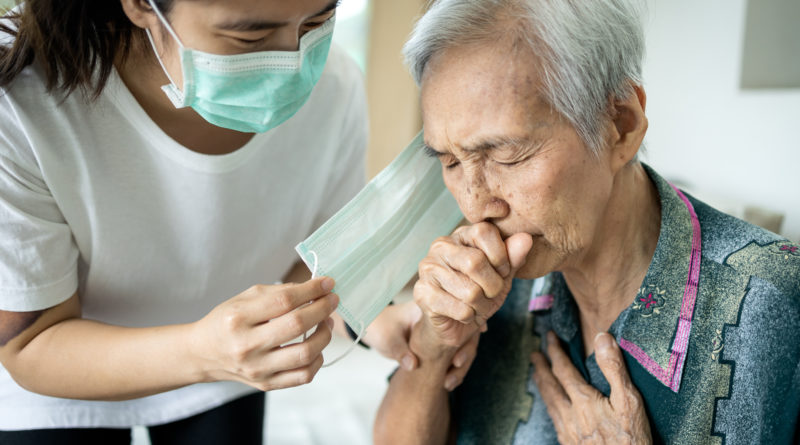What Are the New Official COVID-19 Symptoms?
12,002 total views, 1 views today
When COVID-19 was first reported in China, health officials compared its symptoms to those of the flu. Even then, though, it was apparent that the new coronavirus could cause far more dangerous complications than the typical flu. When the virus first began reaching the U.S., people who contracted it reported additional, widely varying secondary symptoms. The Centers for Disease Prevention and Control (CDC) have thus recently added several new official COVID-19 symptoms to its list. Find more information on these new symptoms below.
Chills and repeated shaking with chills
Chills describe the sensation of feeling cold and shivering, especially when not in cold environments. Paradoxically, chills are often associated with fevers, in which body temperature increases. According to data collected from China through late February, 11.4 percent of symptomatic COVID-19 cases included chills. In some cases, repeated shaking many accompany chills.
Muscle pain
Also known as myalgia, muscle pain can involve ligaments, tendons, and other soft tissues as well. If you’re continuing to exercise, as medical experts encourage, during the pandemic – whether you work out at home or safely, carefully run outdoors – you should be sure to distinguish between myalgia and the delayed onset muscle soreness that tends to follow workouts. According to the late February data, 14.8 percent of symptomatic COVID-19 cases included muscle pain.
Headache and sore throat
Commonly associated with the common cold, these new official COVID-19 symptoms occurred in roughly 14 percent of cases surveyed for the aforementioned late February report. Since COVID-19 cases have exceeded one million in the U.S., it may be wise to consider that these symptoms usually associated with a mild cold may indicate COVID-19 exposure even if you experience no other symptoms.
New loss of taste or smell
In some cases, the common cold interferes with taste or smell, and so too does COVID-19. These symptoms tend to accompany milder COVID-19 cases, but unlike with the common cold, they may last as long as weeks and even months. If you experience new loss or taste of smell due to COVID-19 and these symptoms continue long after the others pass, medical experts advise seeing a doctor once it’s safe to do so.
Are the old official COVID-19 symptoms still valid?
Yes. The additions of these new official COVID-19 symptoms do not invalidate the previous three official symptoms that the CDC has listed: cough, shortness of breath or difficulty breathing, and fever. Previously, “shortness of breath or difficulty breathing” was listed as just “shortness of breath,” and this new distinction may save lives.
What do the new official COVID-19 symptoms mean?
The addition of these new official COVID-19 symptoms to the CDC list may prove to be a major step toward getting the virus’s spread under control. Since the U.S. has consistently struggled to provide adequate testing capacity for COVID-19, most states have required that people present at least one official symptom of COVID-19 before being approved for testing. Now that the CDC has expanded its list of official symptoms from three to nine, significantly more people may be approved for testing, in turn potentially helping to move the U.S. toward reopening.
What else should I know about the new official COVID-19 symptoms?
It’s important to remember that the CDC list of COVID-19 symptoms may not be all-inclusive. If you think you’ve been exposed to COVID-19, you should self-isolate, and if you show symptoms within two to 14 days of exposure, you should contact your doctor online or by phone. Do not go to a doctor’s office in person unless your doctor instructs you to do so.
Additionally, there are emergency symptoms you should be sure to note. If you have trouble breathing, bluish lips or a bluish face, persistent pain or pressure in your chest, and new confusion or inability to arouse, you should call 911 and put on a face mask before any in-person interactions with police officers, EMTs, and healthcare workers.

